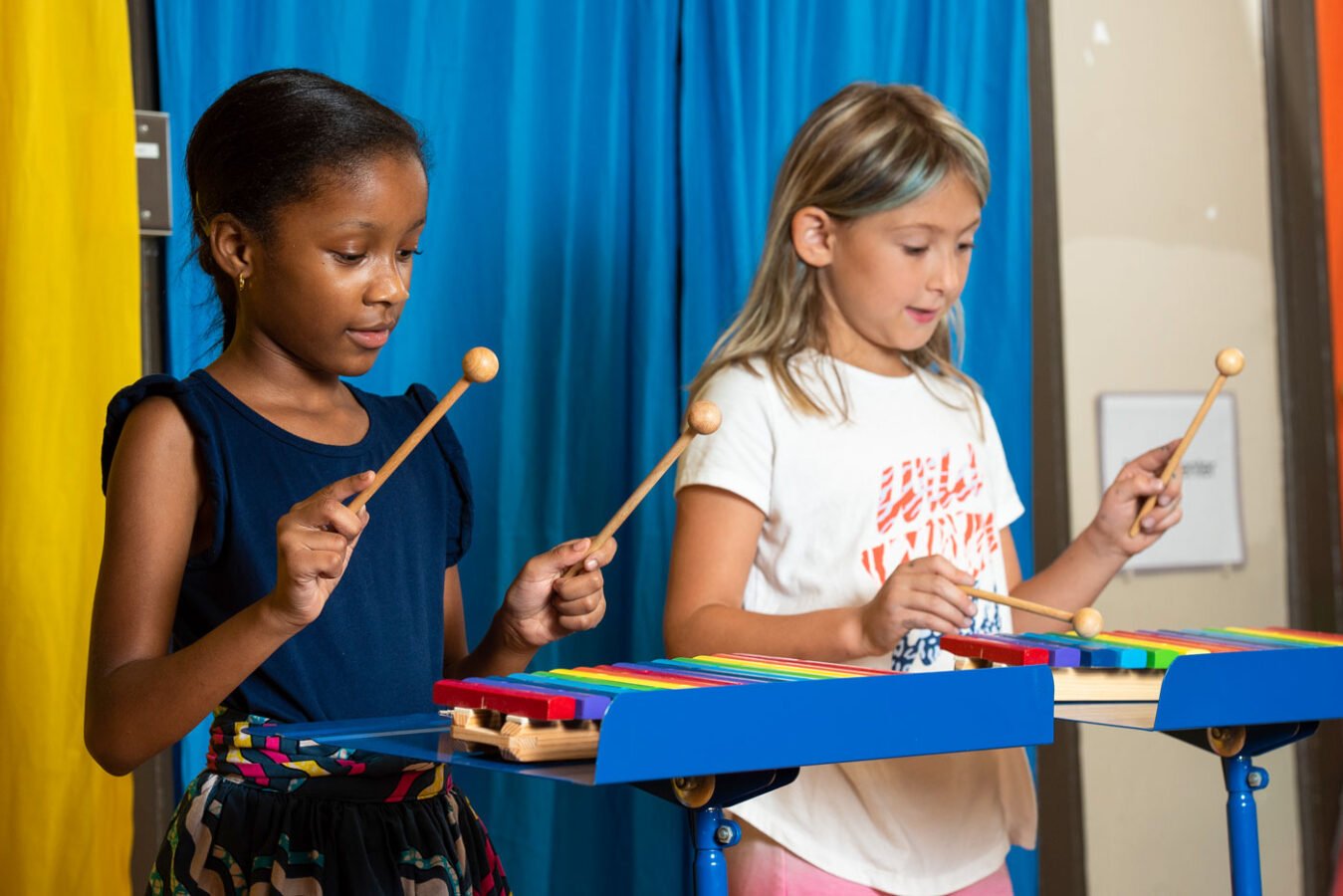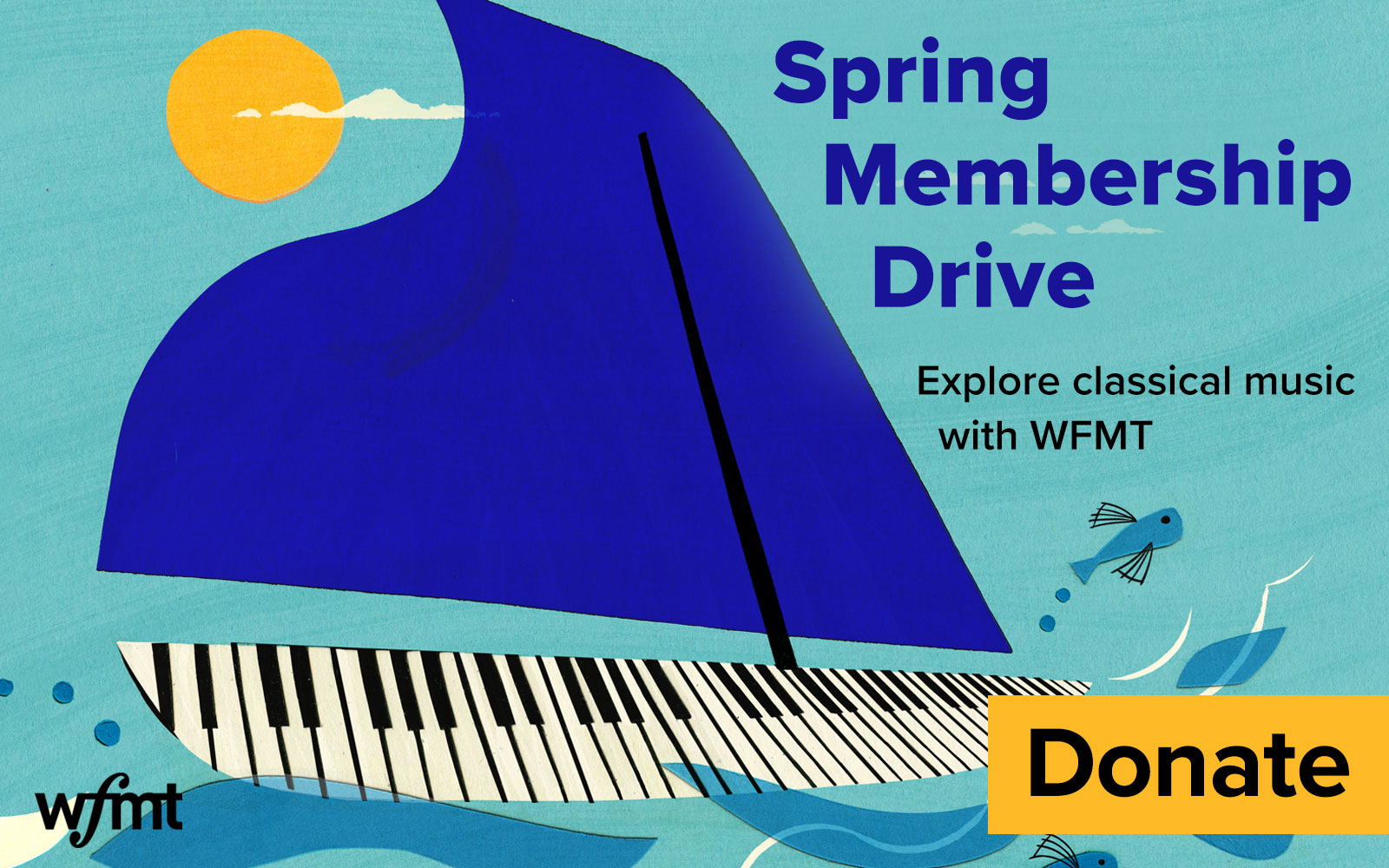
Boomwhacker Lesson Plan
Illinois State Standards
Anchor Standard 7 (Responding)
Perceive and analyze artistic work.
Enduring Understanding: Individuals choose music based on their interests, experiences, musical understanding, and each musical work’s purpose.
Essential Question: How do individuals choose music to experience?
Anchor Standard 8 (Responding)
Construct meaningful interpretations of artistic work.
Enduring Understanding: Through their use of elements and structures of music, creators and performers provide clues to their expressive intent.
Essential Question: How do we discern the musical performers’ emotions, thoughts, and ideas?
Anchor Standard 9 (Responding)
Apply criteria to evaluate artistic work.
Enduring Understanding: The personal evaluation of musical work(s) and performance(s) is informed by analysis, interpretation, and teacher- or student-established criteria.
Essential Question: How do we judge the quality of musical work(s) and performance(s)?
Anchor Standard 10 (Connecting)
Synthesize and relate knowledge and personal experiences to make art.
Enduring Understanding: Musicians connect their personal interests, experiences, ideas, and knowledge to creating, performing, and responding.
Essential Question: How do musicians make meaningful connections to creating, performing, and responding?
Objectives
Students will:
- Learn the history of the boomwhacker
- Listen to two boomwhacker songs
- Compare and contrast boomwhacker songs
- Play Boomwhacker Song guided through YouTube tutorial
Materials
- Computer
- Speakers
- Smartboard
- Boomwhackers
Activities
-
Listen and Watch
2-5 minutes
“Here Comes the Sun,” “Walking on Sunshine,” and “Sweet Child O’ Mine” for Boomwhackers performed by HarvardTHUD students (listen to all or a portion)
-
History of the Boomwhacker
10 minutes
Students share what they already know about the boomwhacker.
- Invented in 1994 by Craig Ramsell
- Sold over 4 million boomwhackers through his company, Whacky Music
-
Listen and Watch
5 minutes
"Classical" Boomwhackers: “Offenbach vs. Liszt” arranged by Chris Brooks
The song goes between the “Can-Can” and “Hungarian Rhapsody No. 2.” -
Compare and Contrast
10 minutes
- Which example do you prefer and why?
- How do the examples sound similar?
- How do the examples sound different?
-
Depth Questions
15 minutes
- How do individuals choose music to experience?
- How do we discern the musical performers’ emotions, thoughts, and ideas?
- How do we judge the quality of musical work(s) and performance(s)?
- How do musicians make meaningful connections to creating, performing, and responding?
Additional funding for WFMT’s Bach to School program is provided by the Ralla Klepak Foundation for Education in the Performing Arts. Ralla was an attorney with a passion for social justice and the arts. The arts opened up worlds to Ralla, and she wanted to bring them to people who might not have the same opportunities that she did.




